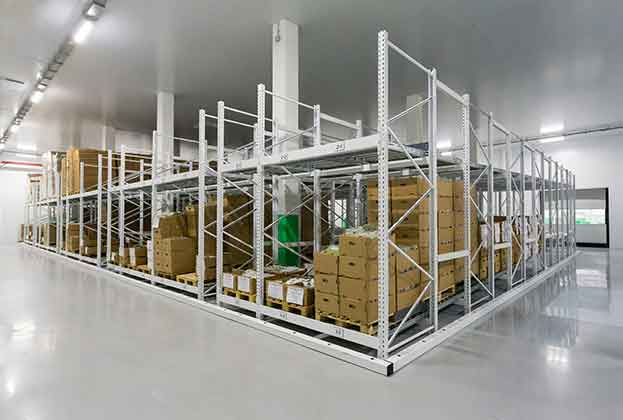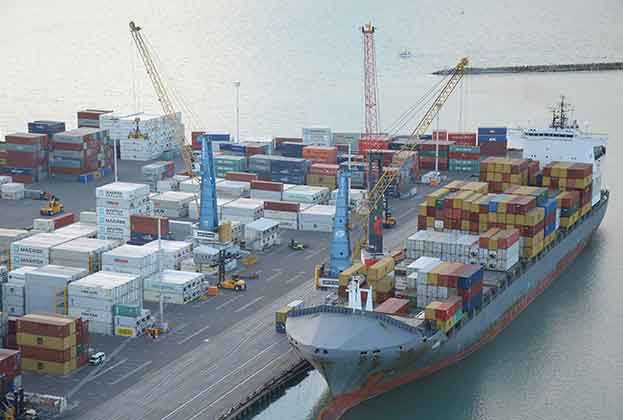Given the challenges being faced by the retail sector, not least the high profile administrations and company voluntary arrangements (CVAs) seen so far this year, it would be tempting to suggest that the future lies in online retail and therefore warehousing and industrial property will be the beneficiary.
In practice, however, the choice is not binary and logistics real estate should be seen in its wider context of supporting the total retail experience, no matter if that experience is in store or online.
According to the latest figures from the ONS, shoppers spent 13.3 per cent more online in March 2018 than they did a year earlier. As a result we have seen the requirements for warehouse space from retailers, both pure play and physical, in the UK soar. Indeed, the first quarter of 2018 has seen over 11m sq ft of space transacted, breaking all previous records. In 2017 logistics take-up related to all forms of retail accounted for 58 per cent of the warehouse space transacted, and in some markets, such as London, demand from retailers has more than doubled in recent years.
However, the supply of warehouse space is currently at historic lows standing at 27.8 m sq ft, giving a vacancy rate of just 6 per cent, falling to 3.5 per cent in urban areas such as London.
The market dynamics being experienced in the logistics sector may prove to be a huge opportunity for retail landlords and developers as consumers increasingly value factors such as speed, efficiency and convenience as drivers of how they choose to spend.
The inefficiencies and costs associated with home delivery, managing returns and managing stock levels could easily be used to the advantage of retailers and retail landlords where parcel delivery companies and online retailers can take retail space to act as parcel hubs and last mile delivery stations. Delivery companies benefit by reducing their costs and improving their brand recognition, consumers benefit from the ease and efficiency of managing their purchases and deliveries, and landlords can benefit from lower vacancy rates and the potential for higher footfall.
The solution isn’t a panacea, however, as many factors need to be overcome. Local authority planning restrictions may prove problematic and units must be also be configured to receive deliveries and allow for last mile delivery solutions. Good design and the impact of new technology such as noise reducing electric vehicles will help mitigate some of those constraints.
Overall, retailers who have agile and efficient supply chains will be the winners and the boundaries will continue to blur between how retailers use their total estate regardless of how that space is classified.
.jpg)
.jpg)


.jpg)





